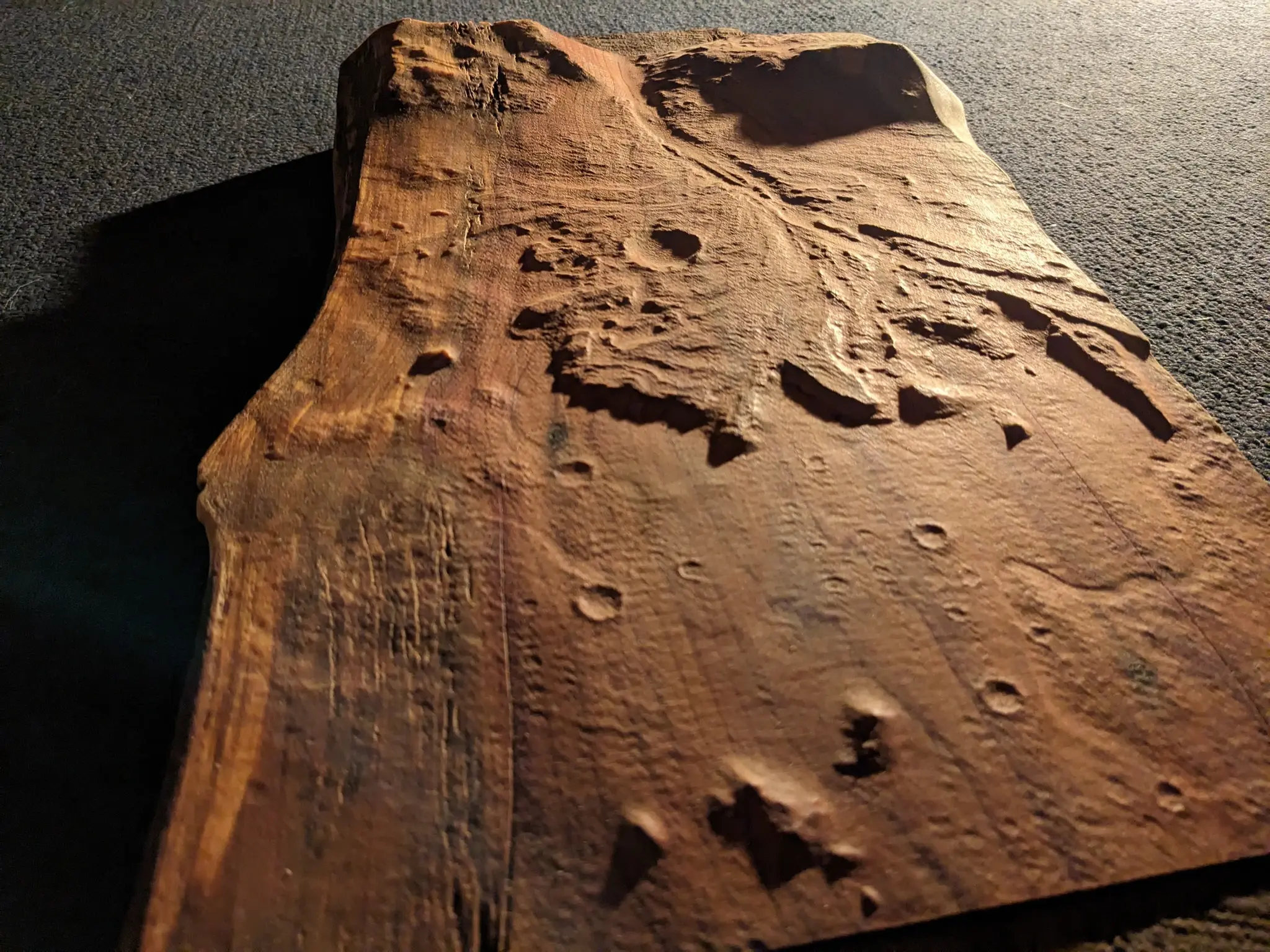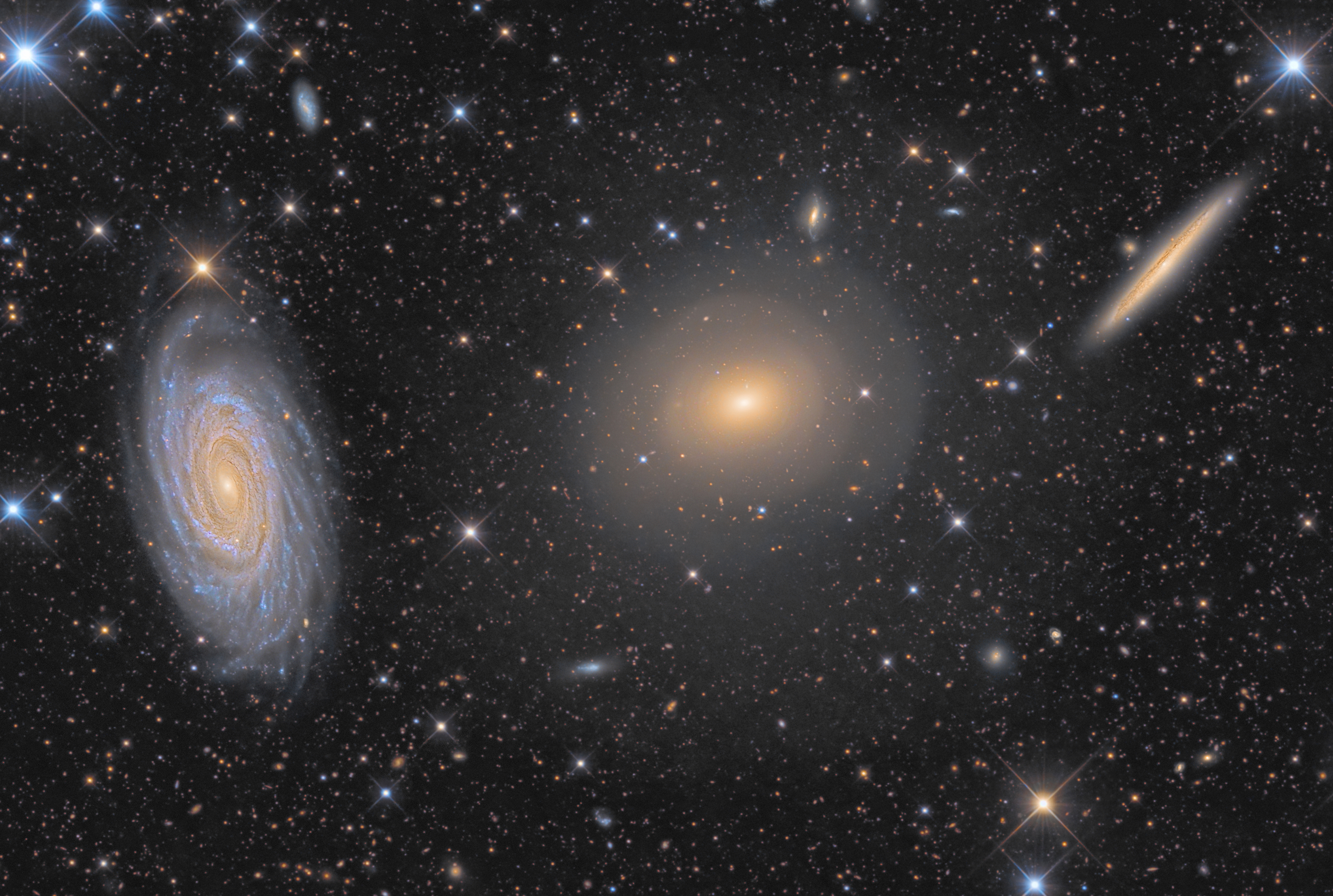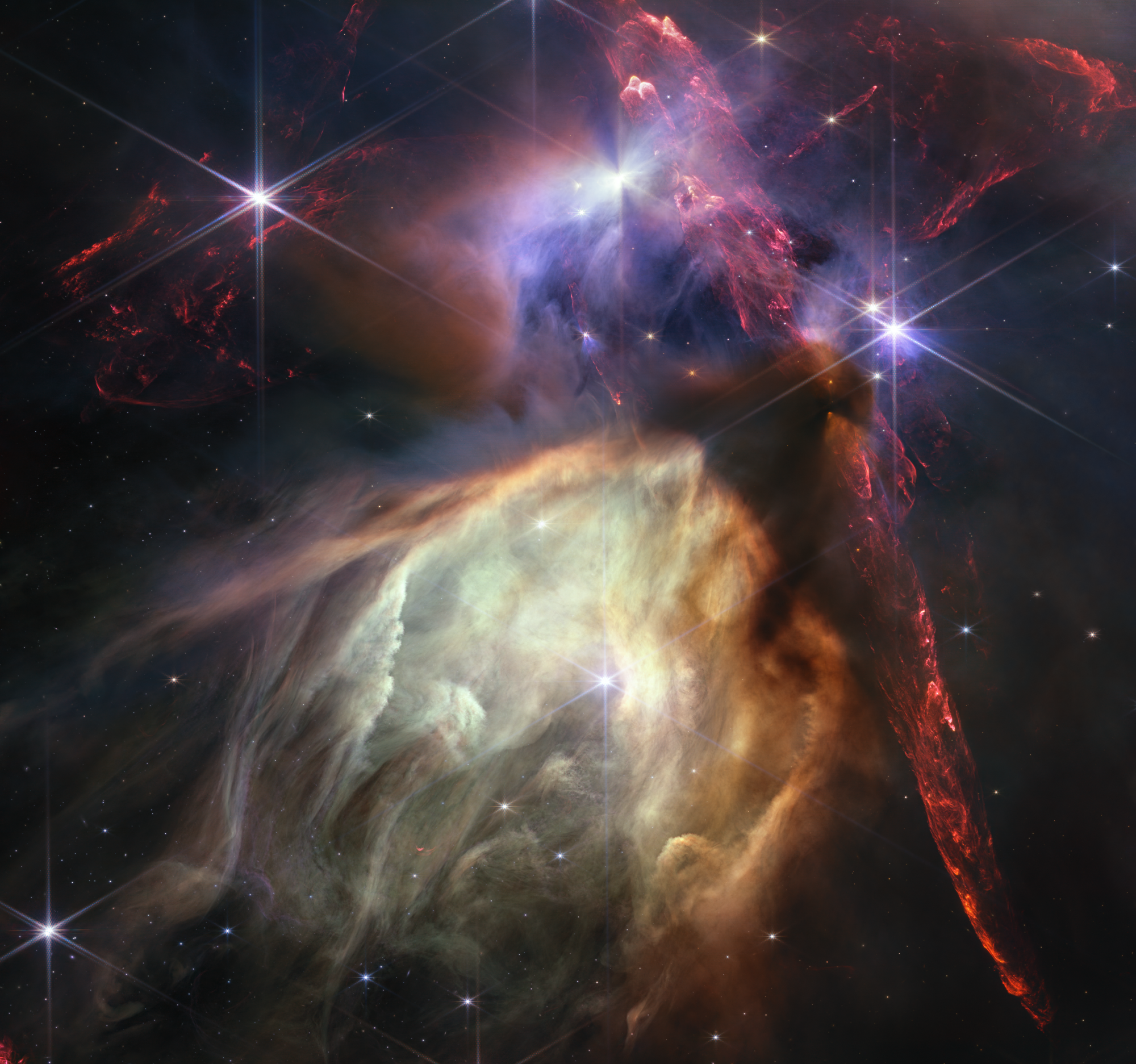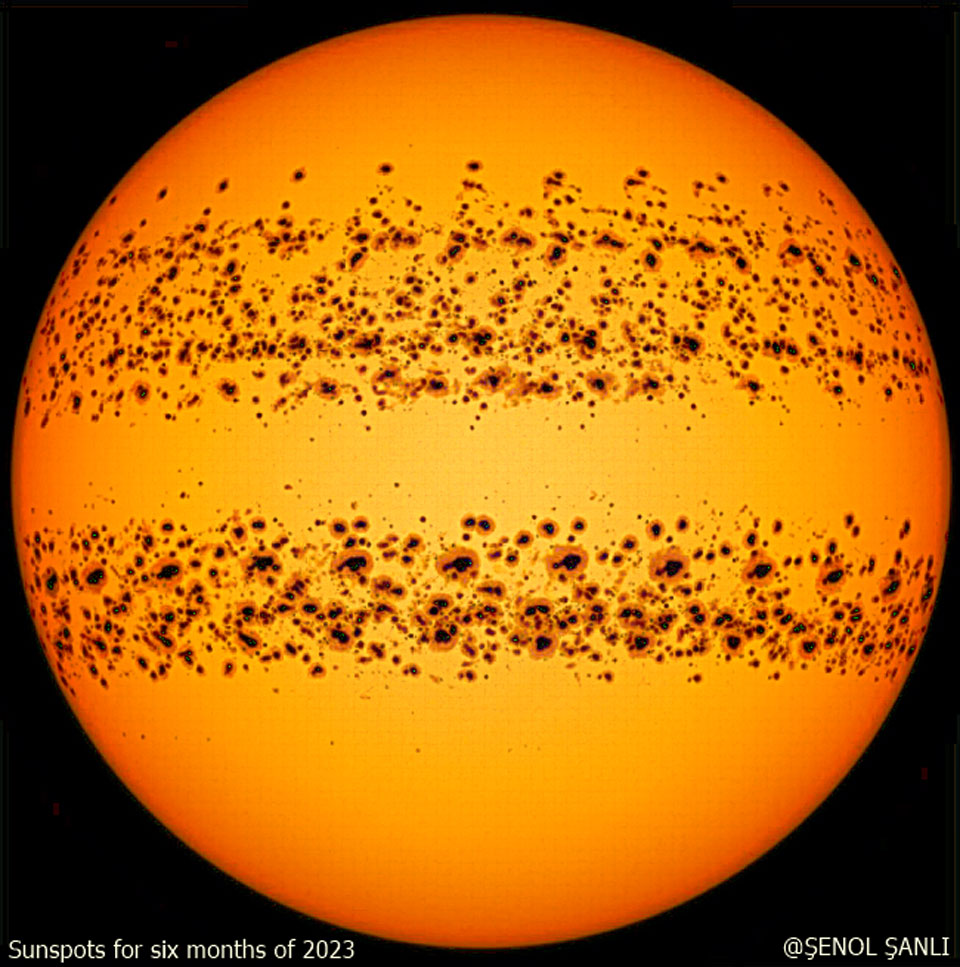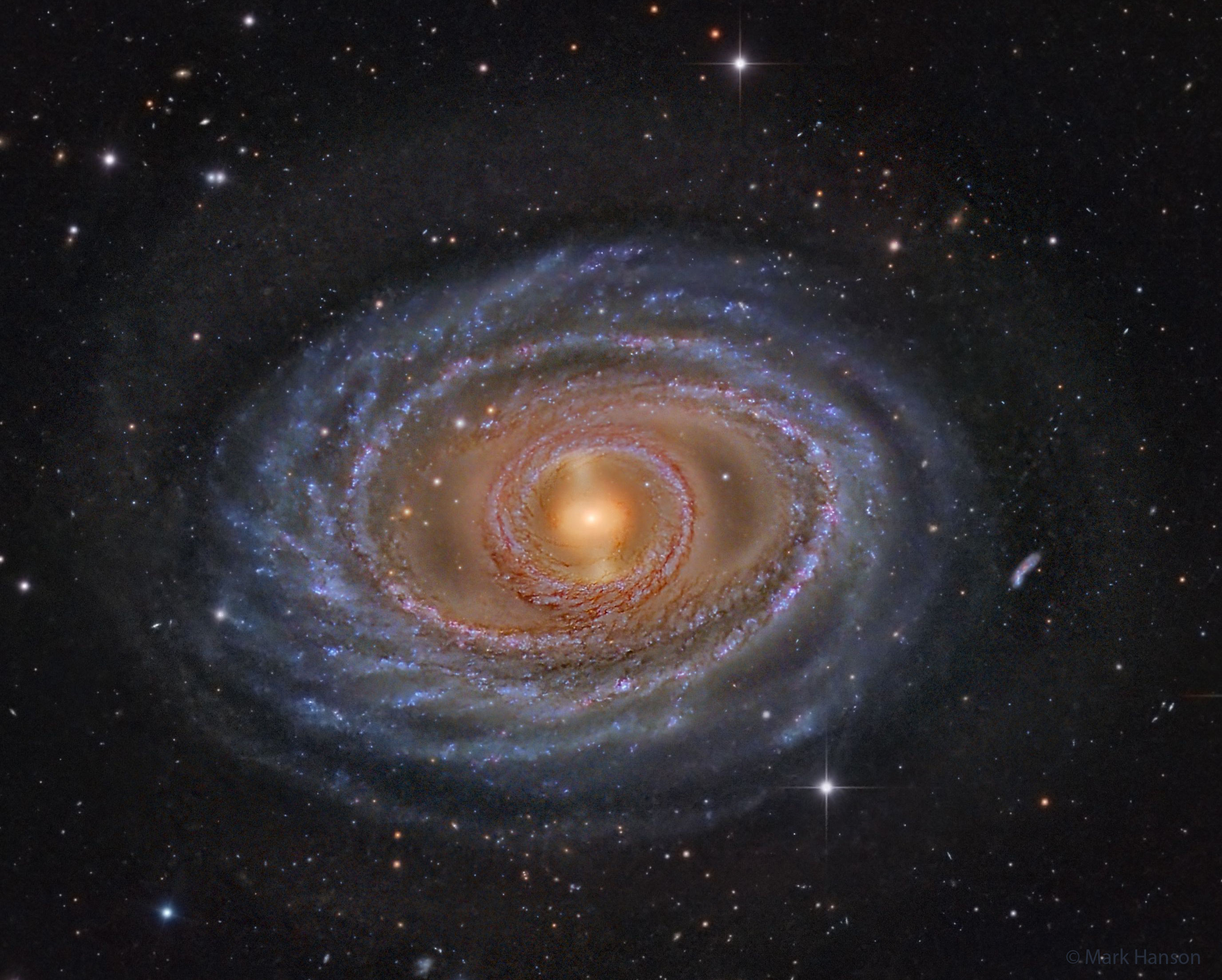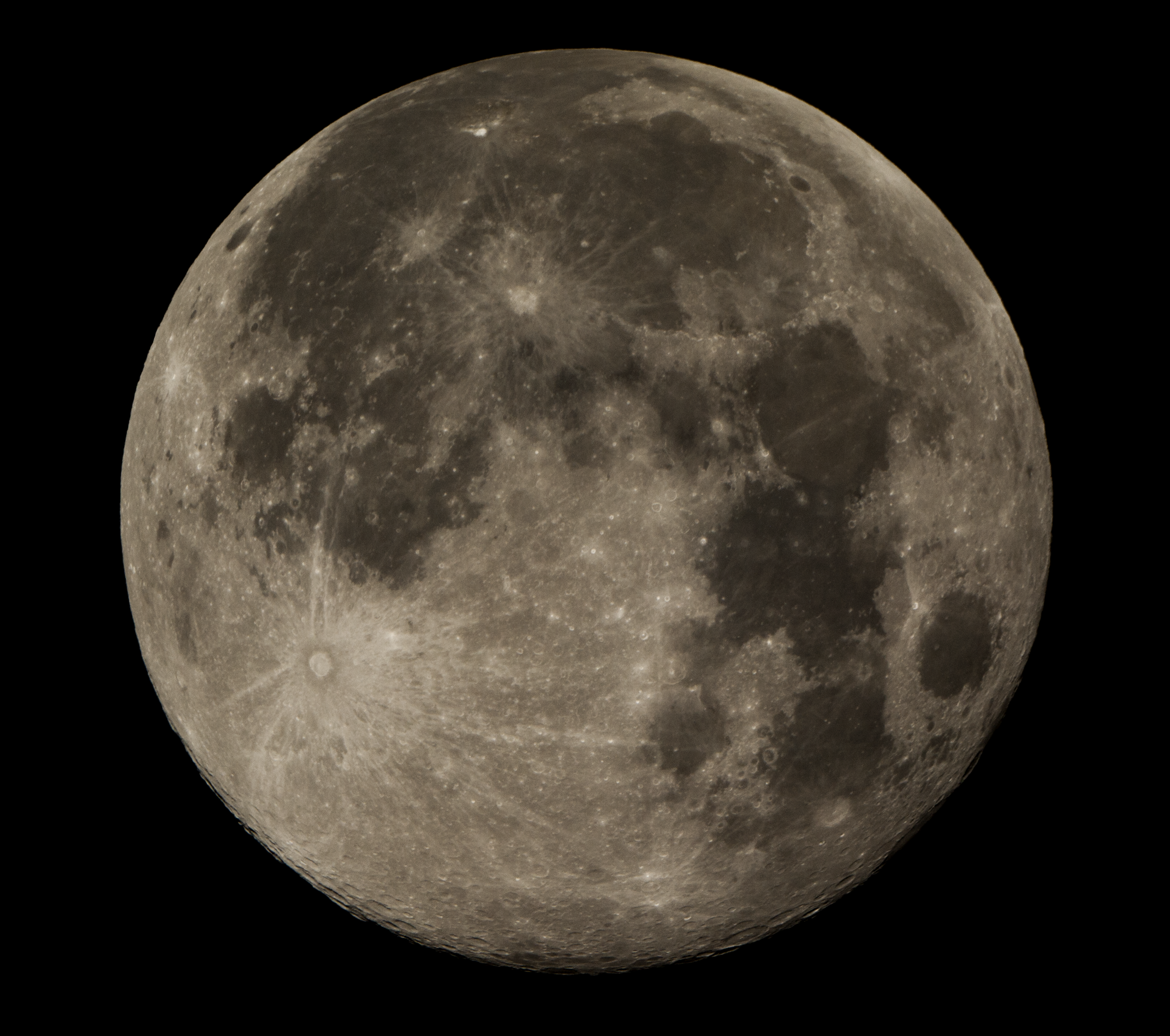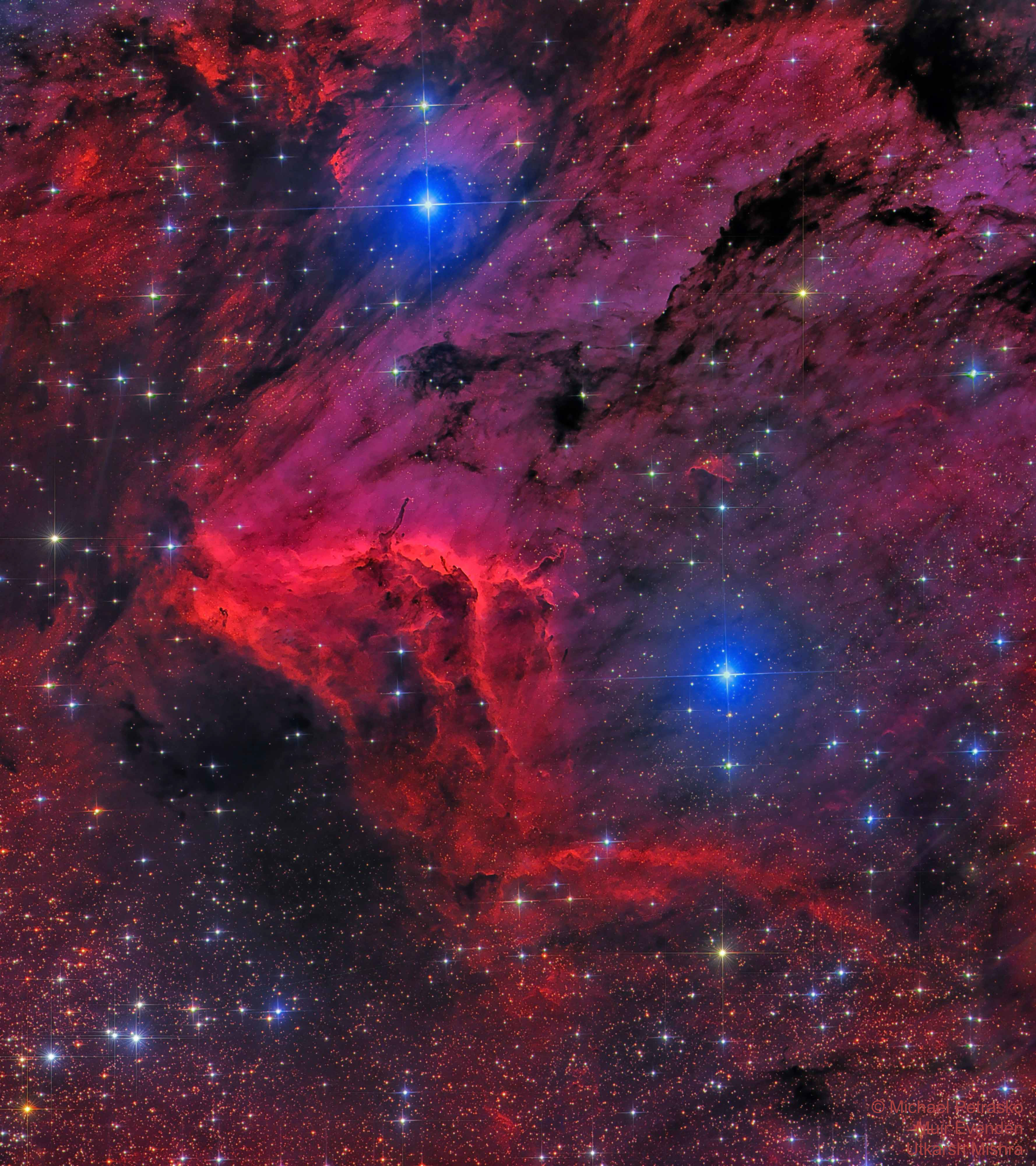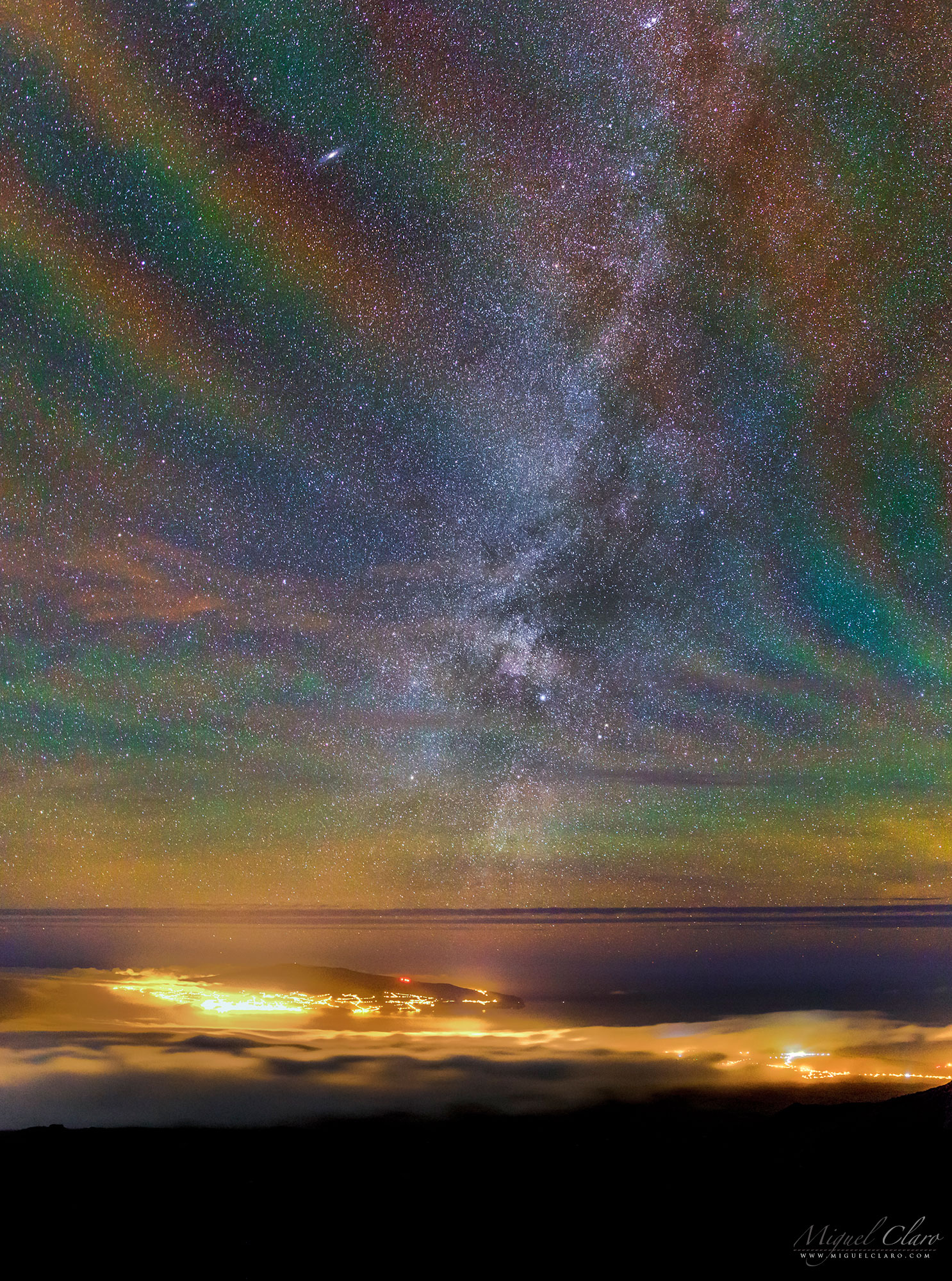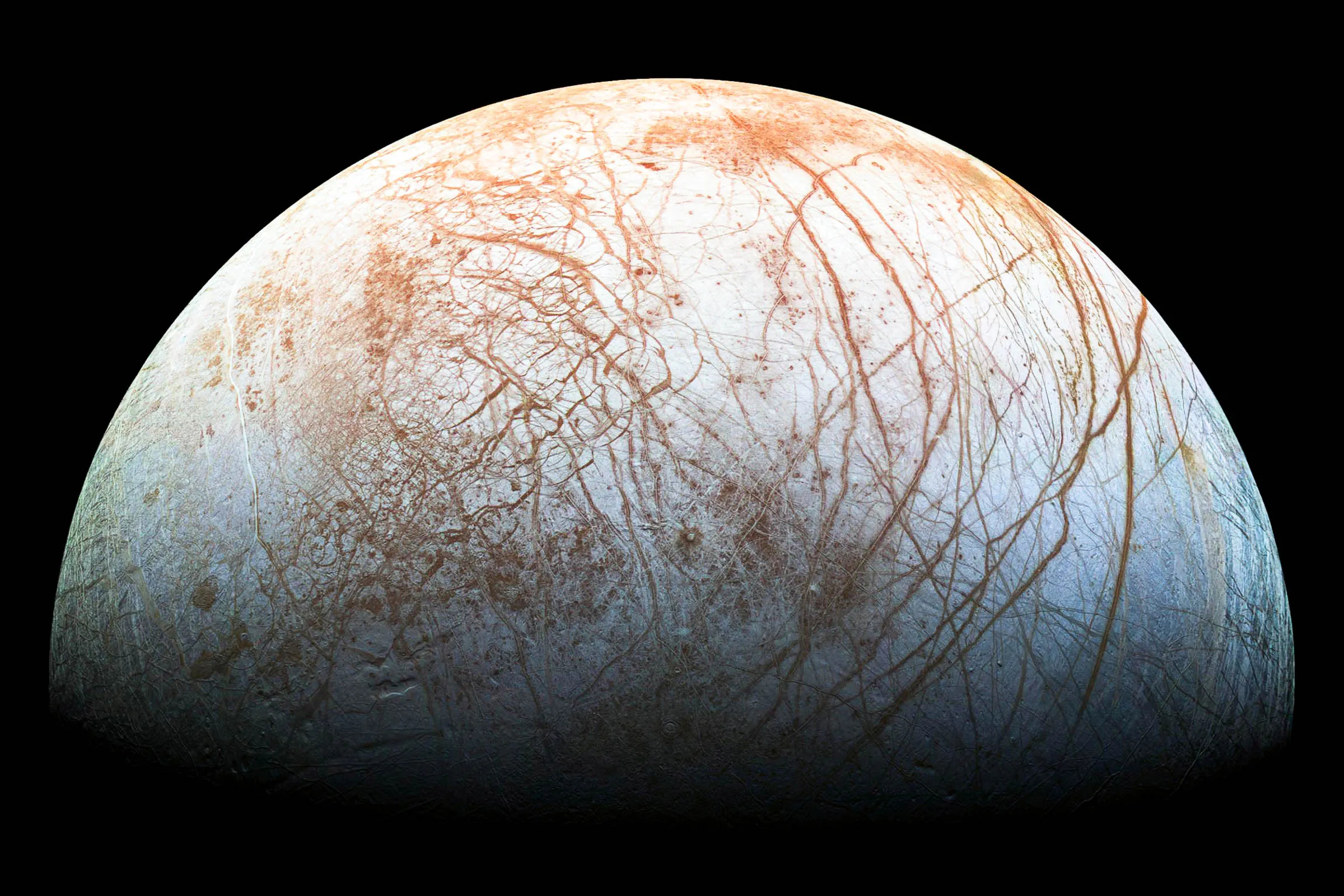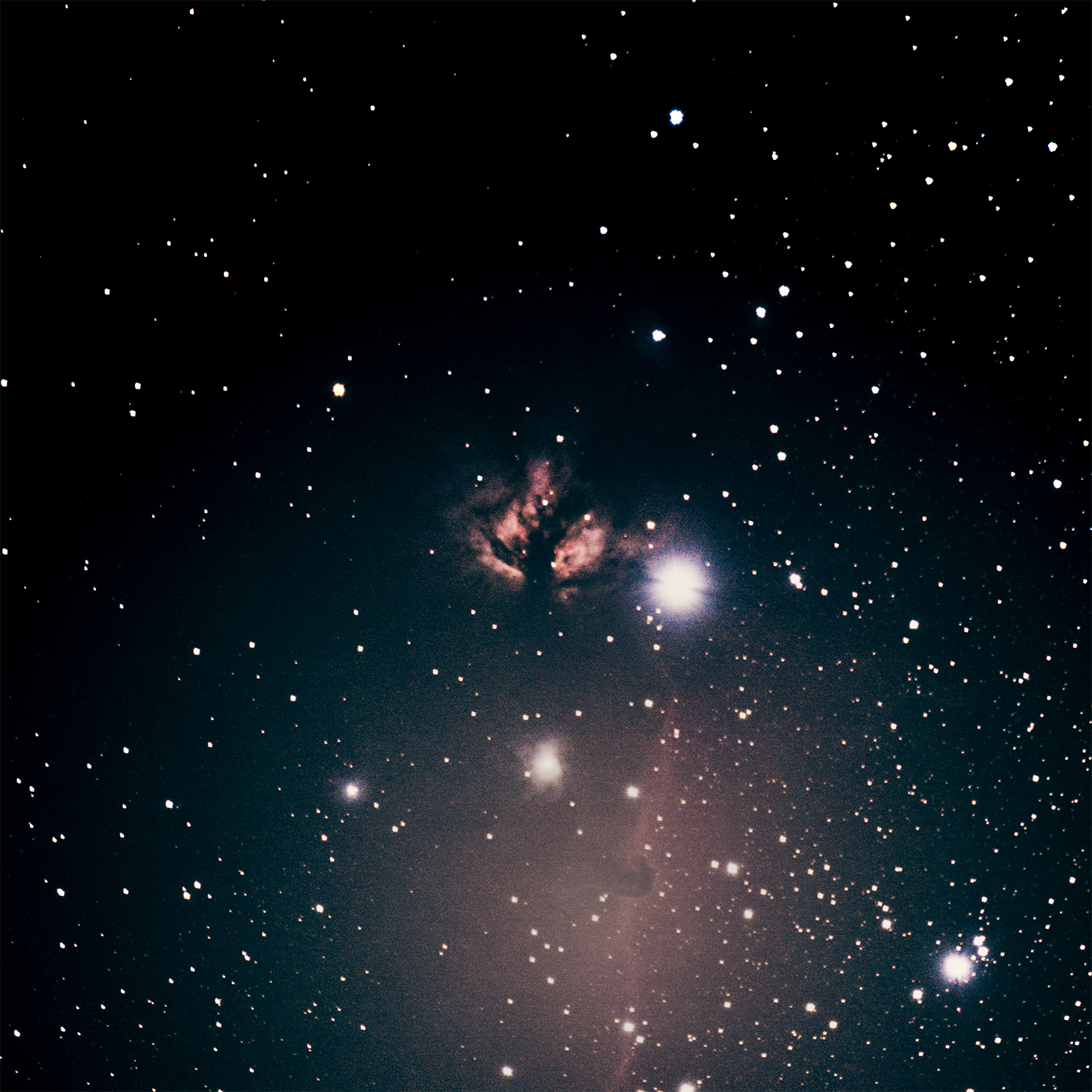IMO the 'heart' looks more like a chode with huge balls
This is my most ambitious astrophotography project yet, coming in at over 110 hours 18 minutes of total exposure time (albeit across 12 panels), beating out my previous record of 101 hours on the Elephant Trunk Nebula
The 12 panel mosaic ended up being 518 megapixels in size after cropping, and was an absolute bitch to process. probably never gonna do a mosaic this big again unless I have some quantum supercomputer. I don't have any way to reliably host this on my flickr page, so the image you're seeing is a 2X downsample.
Captured over 35 nights from October 2022 through March 2023, from my Bortle 8 apartment balcony
could only do 4 hours max per night thanks to my wonderful horizons from the balcony overhang
Places where I host my other images:
Instagram | Flickr
Equipment:
-
TPO 6" F/4 Imaging Newtonian
-
Orion Sirius EQ-G
-
ZWO ASI1600MM-Pro
-
Skywatcher Quattro Coma Corrector
-
ZWO EFW 8x1.25"/31mm
-
Astronomik LRGB+CLS Filters- 31mm
-
Astrodon 31mm Ha 5nm, Oiii 3nm, Sii 5nm
-
Agena 50mm Deluxe Straight-Through Guide Scope
-
ZWO ASI-120mc for guiding
-
Moonlite Autofocuser
Acquisition: 110 hours 18 minutes (Camera at -15°C)
all narrowband exposures were 360" and unity gain
all broadband exposures were 30" and at half unity gain
| Filter |
Ha |
Oiii |
Sii |
Red |
Green |
Blue |
| Panel 1 |
30 |
28 |
19 |
24 |
24 |
24 |
| Panel 2 |
30 |
27 |
19 |
32 |
32 |
32 |
| Panel 3 |
30 |
29 |
29 |
24 |
24 |
24 |
| Panel 4 |
34 |
31 |
30 |
24 |
24 |
24 |
| Panel 5 |
30 |
34 |
29 |
24 |
24 |
24 |
| Panel 6 |
34 |
31 |
29 |
24 |
24 |
24 |
| Panel 7 |
33 |
30 |
29 |
24 |
24 |
24 |
| Panel 8 |
39 |
27 |
29 |
24 |
24 |
24 |
| Panel 9 |
26 |
28 |
28 |
32 |
32 |
32 |
| Panel 10 |
32 |
29 |
30 |
24 |
24 |
24 |
| Panel 11 |
34 |
20 |
19 |
28 |
28 |
28 |
| Panel 12 |
30 |
22 |
19 |
24 |
24 |
24 |
| TOTAL: (h) |
38.2 |
30.8 |
33.6 |
2.56 |
2.56 |
2.56 |
-
Darks- 30
-
Flats- 30 per filter
Capture Software:
- Captured using N.I.N.A. and PHD2 for guiding and dithering.
PixInsight processing:
/u/Aerions_'s Heart and Fishhead pic was a bit of an inspiration for me when processing this (and imo their colors are better)
Preprocessing
Creating the mosaic:
I had numerous other attempts to make this using microsoft ICE and mosaicbycoordinates/photometricmosaic, but they all refused to work that well. During this process I found out that the .tiff file format has a max size of around 530 megapixels
despite reading all the documentation and tinkering with every setting, my blue stars channel for panel 11 refused to align properly with any of the other channels, so the stars here are a bit mismatched
Narrowband Linear:
- DynamicBackground Extraction
duplicated each image and removed stars via StarXterminator. Ran DBE with a shitload of points to generate background model. model subtracted from original pic using the following PixelMath (thanks, /u/jimmythechicken1!)
$T * med(model) / model
More agressive stretch for Oiii and Sii
RGB Linear:
-
ChannelCombination to combine R G and B masters into a color image
-
SpectrophotometricColorCalibration
-
HSV Repair
-
StarXterminator to make a stars only image (this stars only image to be used going forward)
-
AcrsinhStretch + HistogramTransformation to stretch nonlinear
Nonlinear:
did this over the course of a couple weeks/processing breaks so the details aren't exact
- PixelMath to combine stretched narrowband masters into color image
SHO --> RGB (classic Hubble Palette)
-
HistogramTransformations to adjust channel intensities
-
CurveTransformations for slight hue adjustments
-
LRGBCombination using stretched Ha as luminance
-
shitloads of CurveTransformations to adjust hue, lightness, saturation, etc. (some with lum masks)
-
invert > SCNR > invert to remove background magentas
-
probably used BackgroundNeutralization at some point around here too
-
LocalHistogramEqualization
Two round of this: one at kernel radius 16 for the finer 'feathery' details and one at 200+ for larger structures
"unstretched" both images with histogramtransformation midtones set to 0.9999
pixelmath to just add those two images together
histogramtransformation to un-relinearize them by setting midtones to 0.0001
-
ColorSaturation
-
MLT for chrominance noise reduction
-
final round of noiseX
-
guess what baby more curves
-
one final round of DBE to remove a small red gradient in the bottom corner that made it through to the end somehow
just to please Jimmy
-
IntegerResample to 50%
-
annotation
